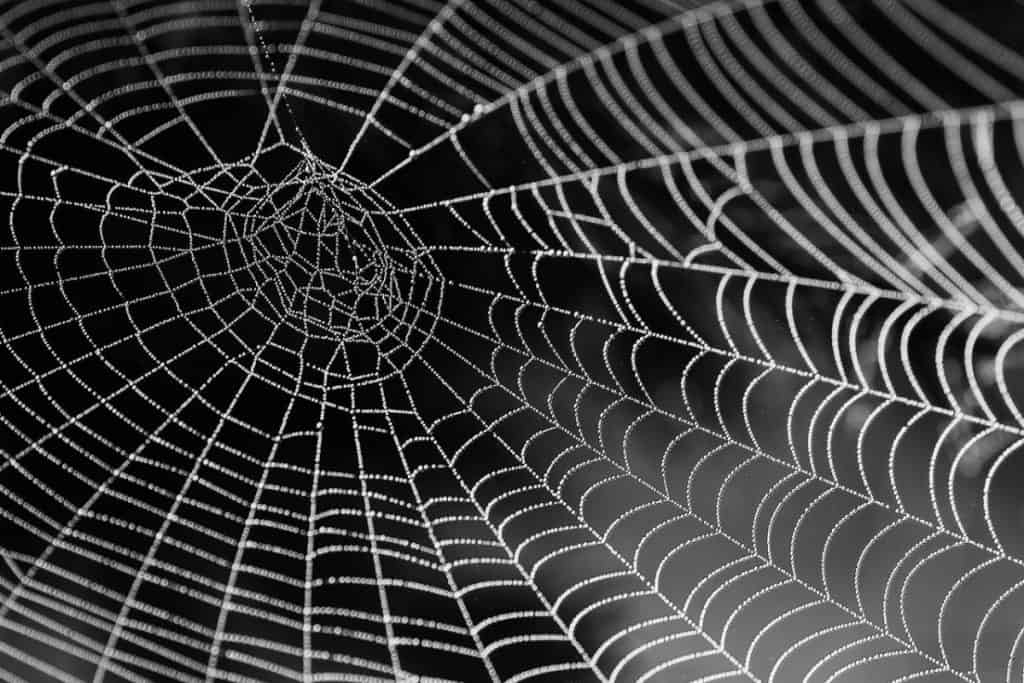
If you enjoy reading this article, why not check out our articles on Can Spider Fangs Grow Back? Let’s Find Out and What Do Spiders Eat? The Complete Guide
What season do spiders come out?
We coexist with spiders throughout the year. Most of the time, they’re peacefully tucked away in the corners of our homes. But there’s always a time of the year when spiders are all over the place. This is during spider season.
Spiders season is during the early days of autumn. This is their mating season, which is why you’ll find spiders all over your house. It usually lasts for less than 2 months.
If you’re afraid of spiders, this season can be a nightmare for you. But don’t worry, this only lasts for a short time. And if you can’t handle it, there are ways to get rid of the spiders. But first, it’s important to know exactly when spider season is.
Thinking about getting rid of spiders in your home? Take a look at this article first: Should You Kill Spiders?
When is it Spider Season in ______?
“When is spider season in New York?” “When is spider season in Texas?” “When is spider season in the state that I live?” Those might be the questions in your mind right now.
To answer this question, all you need to know is when autumn is. This is the season that spiders come out in search of mates. That’s why it is during this time that you’ll come face-to-face with more spiders than usual.
Regardless of which state you live in, from Florida to Washington, or California to Maine, spider season is during autumn. And not the entire autumn either. Spiders only come out when the first leaves begin to fall. That’s usually from September to October. Midway through autumn, most spiders have already found their mates.
So as the weather begins to cool, brace yourself to meet some spiders. If you hate this, you should consider taking steps to reduce the number of spiders in your home (more on that later).
What Happens During Spider Season?
What exactly happens when spider season is around? How many spiders can you expect to see? And what will you have to deal with?
The most obvious sign that spider season has arrived is the number of spiders you meet. During the rest of the year, you may see a spider or two hanging around. But they won’t bother you in any way. During spider season, things aren’t going to be the same. You’ll meet so many spiders crawling around your home.
But why? Why do all the spiders come out at the same time?
To understand this, you need to understand how spiders breed. Female spiders are known to stay in one place all their lives. Their elaborate webs provide food and shelter for them. And a lot of times, they make their homes inside of our homes.
Males, on the other hand, are always wandering. During the mating season, they go searching for females to mate with. This brings them straight into your home, where the females are waiting. That’s why you’re going to encounter a lot of males at this time.
Another thing you’ll notice during spider season is that there are so many webs. If you walk around during fall, there’s a good chance you’ll run straight into one. More spiders mean more webs, right?
While that’s true, it might not be what you expect. Male spiders don’t usually make webs. Since they are always traveling, building a web isn’t necessary and can be a waste of energy. But in some species, building a mating web is necessary to get a mate. This is why they’ll build extra webs all over the place. So be careful where you walk. If you’re not, you’ll find your face wrapped in a spider web before long.
What Happens After Spider Season?
If all those spiders you meet at this time are males searching for mates, where do they go after?
This differs from species to species. But generally, male spiders live quite a sad life. After they’ve found their mate, they either die or are eaten.
That’s right, some female spiders eat their mate. After mating, these females need a lot of energy and nutrition for laying eggs. And what better and easier way is there to get this than to eat the male?
In other species, the male isn’t eaten. But shortly after mating, they die. Their lives are short, and their only mission is to get a mate. Once that’s done, they can now die in peace.
But not all males. Other males, after mating, move on and look for another mate. These spiders live a longer life and are always on the move.
Once spider season is over, you’ll also find a lot of cobwebs. Cobwebs form when spider webs are abandoned. Without anyone maintaining them, these unoccupied webs catch a lot of dust. They soon become very dirty and ugly to look at. Midway through fall, you’ll start to notice a lot of these around your home.
When is Baby Spider Season?
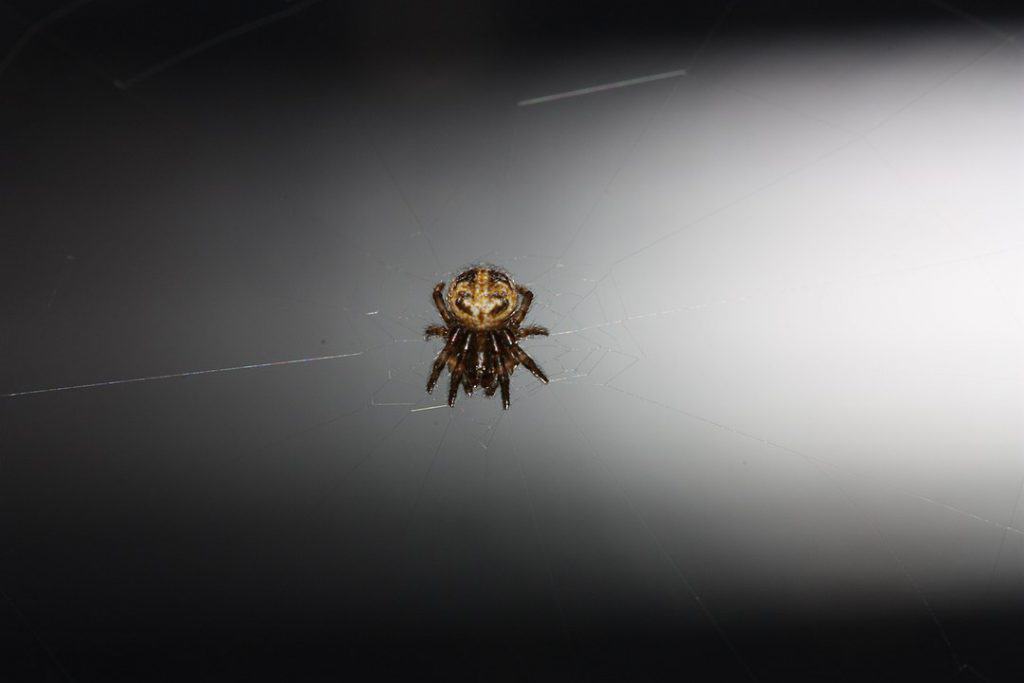
A few months after spider season, you’ll encounter another sort of spider season. This time, it’s for baby spiders! This can either be really cute or really terrifying for you. Whatever the case, this is another thing you’ll need to look out for.
Spiders aren’t animals that lay a few eggs at a time. Instead, one egg sac can contain hundreds of baby spiders. And when they hatch, these spiderlings will be all over the place. Want to know exactly how many spiderlings a spider can have? Check out How Many Spiderlings Can a Spider Have?
For a while, your house is going to be infested with spiderlings. But this isn’t a big problem. After hatching, these spiderlings quickly disperse and search for their own territory. They are so tiny, even a gust of wind can carry them far away.
So when can you expect these babies to fill your house? After the mating season, the female starts building her egg sac. Some mothers die while doing this, others don’t. Either way, the eggs are kept nice and warm during the winter months. When the weather starts to get warmer and spring arrives, that’s when the spiderlings emerge.
After hatching, spiderlings are often on their own right away. But after about two years, these spiderlings mature and begin the cycle once again.
What Kind of Spiders Can You Expect?
All types of spiders come out during spider season. Thankfully, you won’t encounter all of them. Some species of spiders can be very scary. But most of them are more afraid of you then you are of them. Let’s have a look at some of the most common spiders you’ll find during spider season.
American House Spider
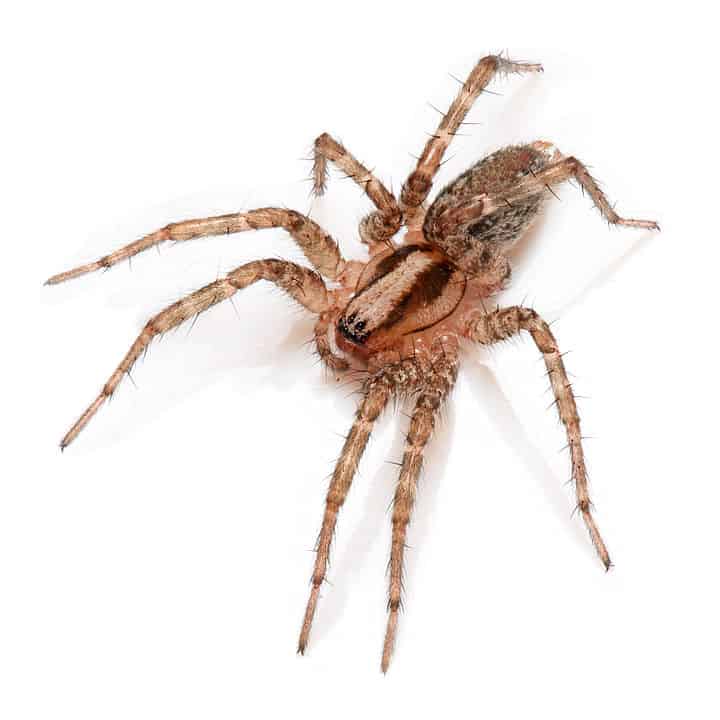
Perhaps the most common spider of all is the American house spider. They can be found all over the place, and coexist peacefully with us humans. Left alone, they don’t do any harm, and they may even help you if you have an insect problem. However, their webs aren’t pretty. This species also abandons webs more often than others. This leads to plenty of cobwebs around the place.
These spiders are quite small. They are round-bodied and usually come in brown, tan, or grey. Unlike most spiders, American house spiders breed any time. Even if it doesn’t fall yet, you may find some males roaming around. But these are few, it’s nothing compared to the number of spiders you get during spider season.
Brown Recluse
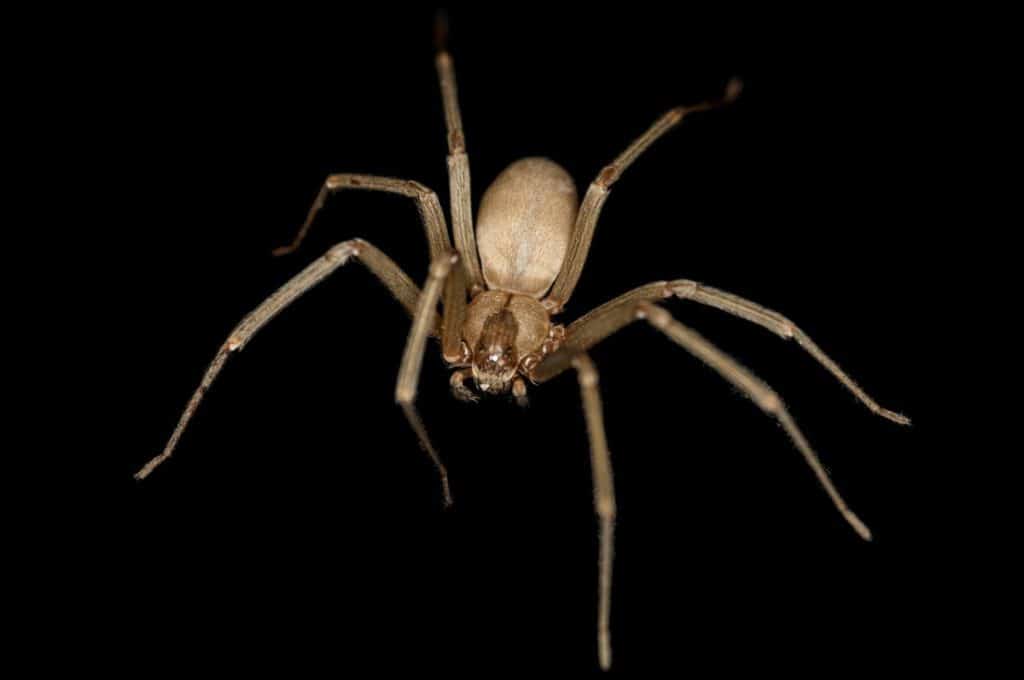
The brown recluse is a spider you want to be careful with. That is because they are venomous, and their bite hurts a lot. No, they can’t kill humans. But their venom can burn tissue and may cause fever, rashes, chills, and nausea.
The good news is that they try to avoid humans as much as possible. These spiders live in the dark areas of homes. They’re found in basements, attics, and away from lights. That said, you still won’t want any of these lurkings in your home.
Brown recluses are one of the spiders that only breed once. After the female is finished building her egg sac, her mission in life is complete and she dies.
Even though these spiders are only found in South and Central United States, they’re one of the best known. You can identify them by their brown color, six eyes, and a violin shape on their bodies.
Wolf Spider
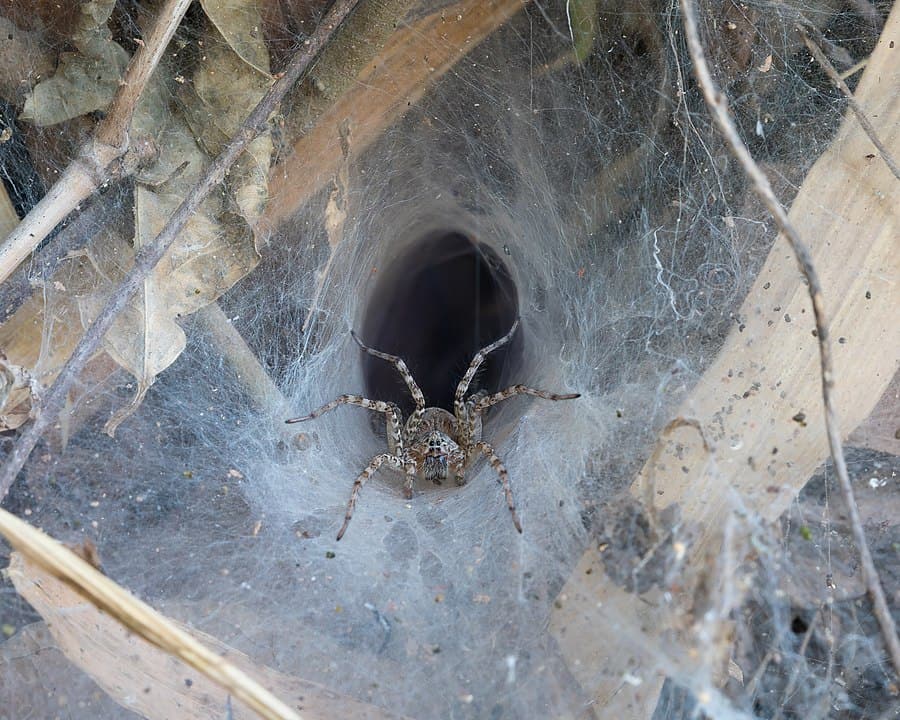
Wolf spiders are unique in a lot of ways. They’re hairy and cute (for some people), and they’re the only spiders that carry their egg sac around. They’re also completely harmless and kill a lot of insects. That’s why wolf spiders are popular as pets.
Wolf spiders are found all over the world. So come fall, you’re bound to meet some of these furry friends wherever you are. Wolf spiders are one of the species where the female attempts to eat the male after mating. The males, however, are often quick enough to get away in time. If they get out, they can then search for another mate.
Wolf spiders come in brown, grey, and black. Their bodies are quite big, bigger than an inch, and they have hairy legs.
Hobo Spiders
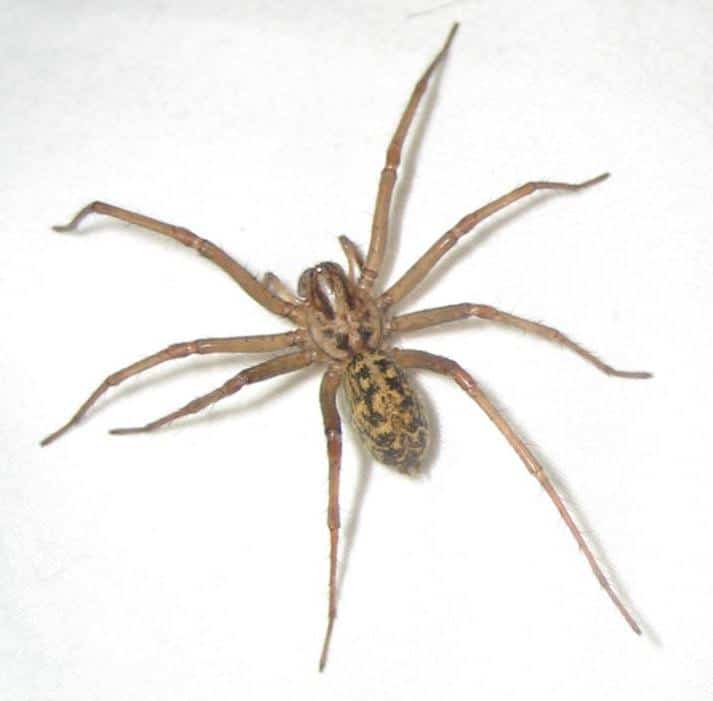
Hobo spiders are also known as funnel weavers. This is because the webs they spin aren’t what you’re used to seeing. These webs are shaped like funnels.
Hobo spiders have a reputation for being aggressive. Their bite may be painful, but it isn’t as bad as the brown recluses. However, you may have heard that these spiders seek out and attack people. That isn’t true. They are more aggressive than other spiders, but if you leave them alone they will leave you alone too.
Hobo spiders only breed once as well. After mating, the male dies. And after building a sac, the female follows.
Hobo spiders come in brown and tan colors, and their body is oblong shaped.
Other Spiders
There are thousands of other species you might encounter. Whenever you meet a new spider, it’s a good idea to do some research. This way, you will know their breeding patterns and whether you should be careful around them.
What to do During Spider Season
If you don’t want spiders in your home during autumn, there are several ways you can get rid of them. You might think that stopping spiders from getting inside your house is the way to go, but it isn’t. Spiders are small animals, and they’re always going to find a way in. Even if you shut your doors and windows all fall, they’ll find their way in through cracks.
The good news is that there are other ways that you can protect your home from spiders during spider season.
Clean Your House
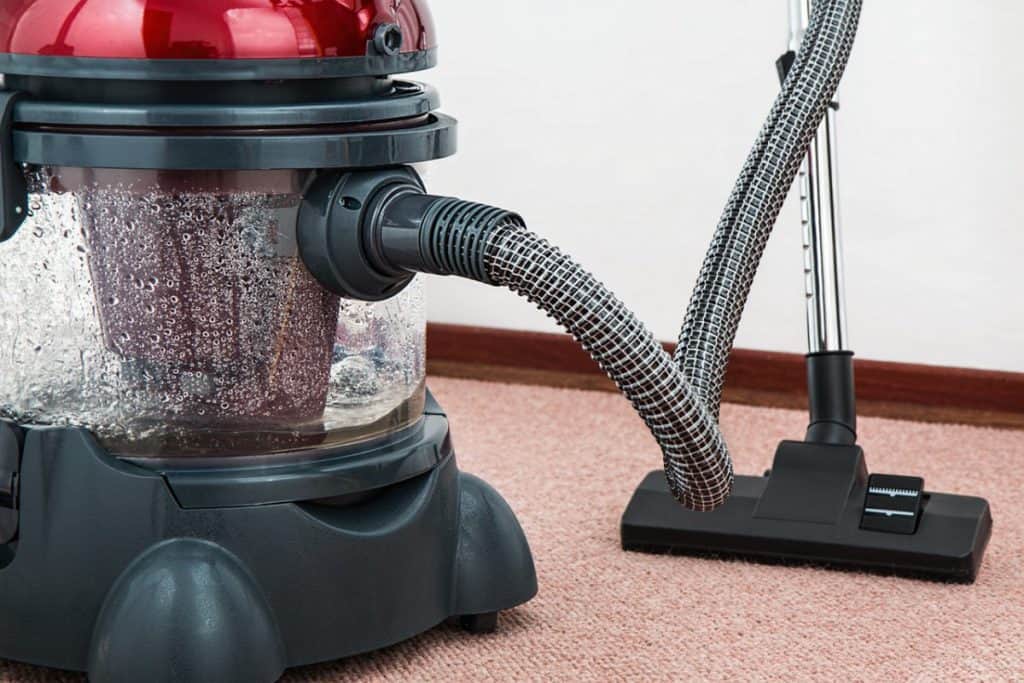
The most effective way of doing this is to make sure your house is clean. Again, spiders are afraid of humans. That’s why as much as possible, they’re going to try to hide. Yes, you may encounter a few wandering males here and there. But really, the last thing they want is to meet you.
That’s why by making sure spiders have no places to hide, they won’t want to go inside your house. And if they do, they’ll have nowhere to stay either.
So take away the hiding places. If you have junk items stacked up in a corner of your house, take that away. That’s where you’ll find spiders hiding. Spiders also love to make their homes in places like firewood. Avoid leaving a stack of firewood alone for a long time to get rid of spiders.
Remove Webs
Another good way to keep the spiders away during spider season is by removing webs. Some spiders don’t hide very well. But they climb high up to the ceiling and build their webs there. Out of reach, it’s tempting to just leave these webs alone.
To get rid of a spider problem though, you should remove any webs that you see. Remember, males are seeking females living in your house. This is why if you remove the females first, the males aren’t going to bother coming in.
Fill Gaps
If there are cracks and gaps on your walls and floor, it’s wise to fill these up. These are the tiny entrances that spiders use to get in. If these are all sealed, they’re going to have a harder time getting in.
Kill Insects
Here’s some good tips and tricks on getting rid of ants: What Ants Don’t Like: Natural Ways to Repel Ants.
Finally, you should cut off the spider’s food supply. The reason why spiders like indoors is that there’s plenty of food there. Houses have lights, insects like lights, and spiders like insects. There are several ways you can get rid of insects in your home. Whatever you choose, getting rid of insects will also get rid of spiders in your home.
If you enjoyed reading this article, why not check out our articles on Do Male Spiders Spin Webs? Not What You Expected and What Can Ants Damage? What You Didn’t Know
Recent Posts
Tiny Black Bugs in Bathroom NO WINGS: What They Are and What to Do!
Finding tiny black bugs in your bathroom can be uncomfortable, to say the least. Especially if they are persistent, or they appear in very large numbers, which they often like to do. When it...
Tiny Black Bugs in Plant Soil - What Are They & What To Do About It
A short horror story: You get a new houseplant. You do your best to take care of it. You’ve ensured that it has the right soil, the right amount of sun, it gets enough water. And then one day, you...

